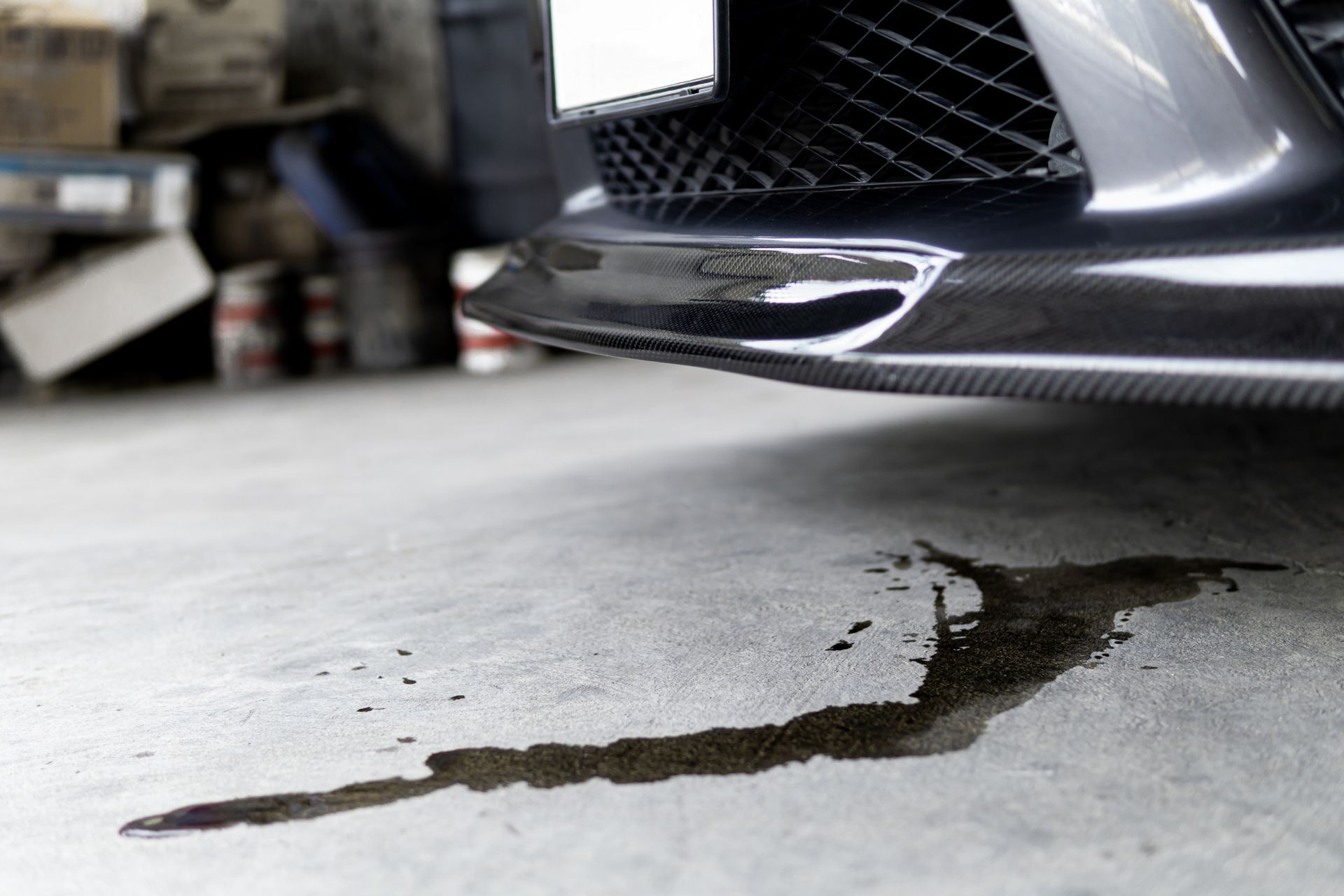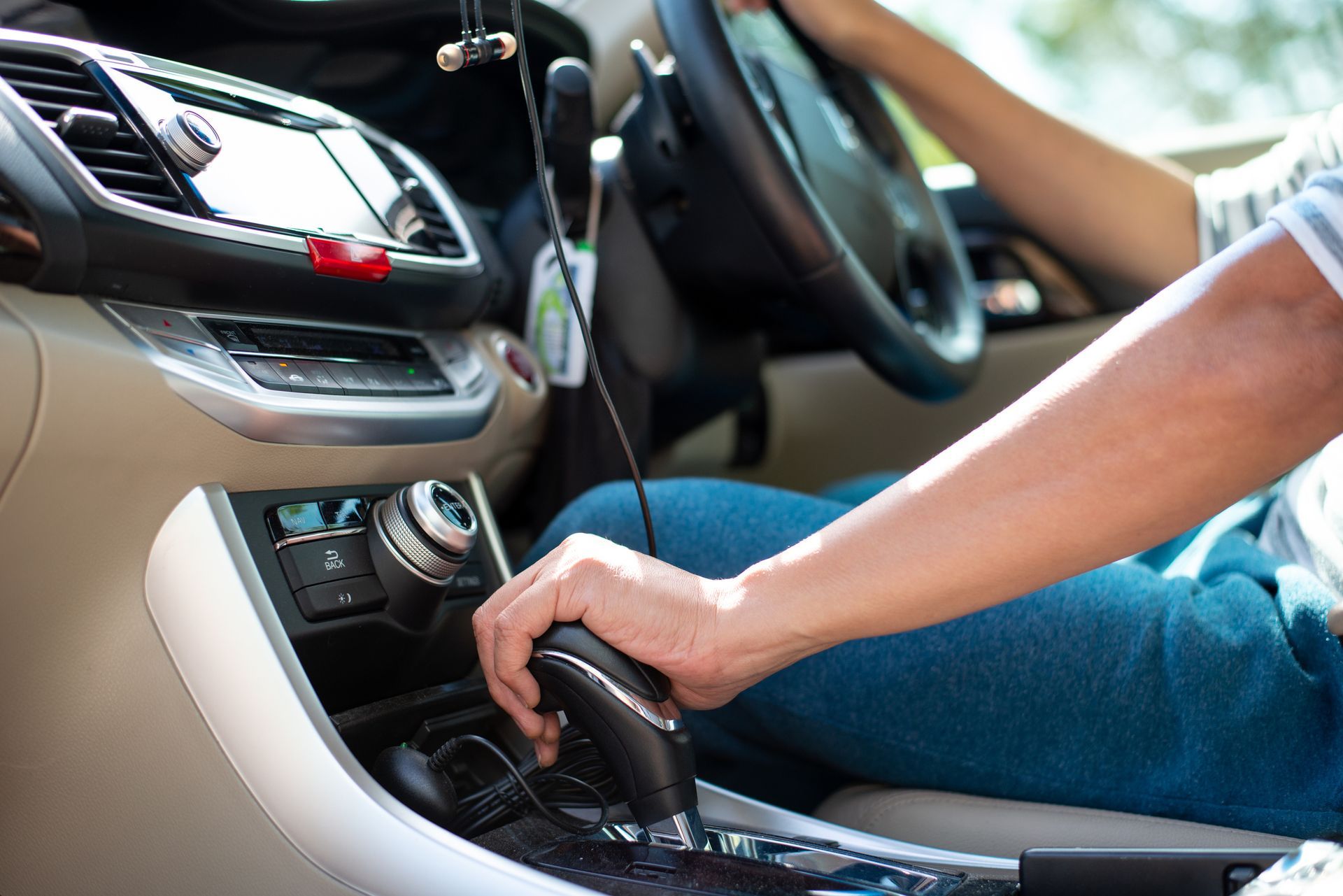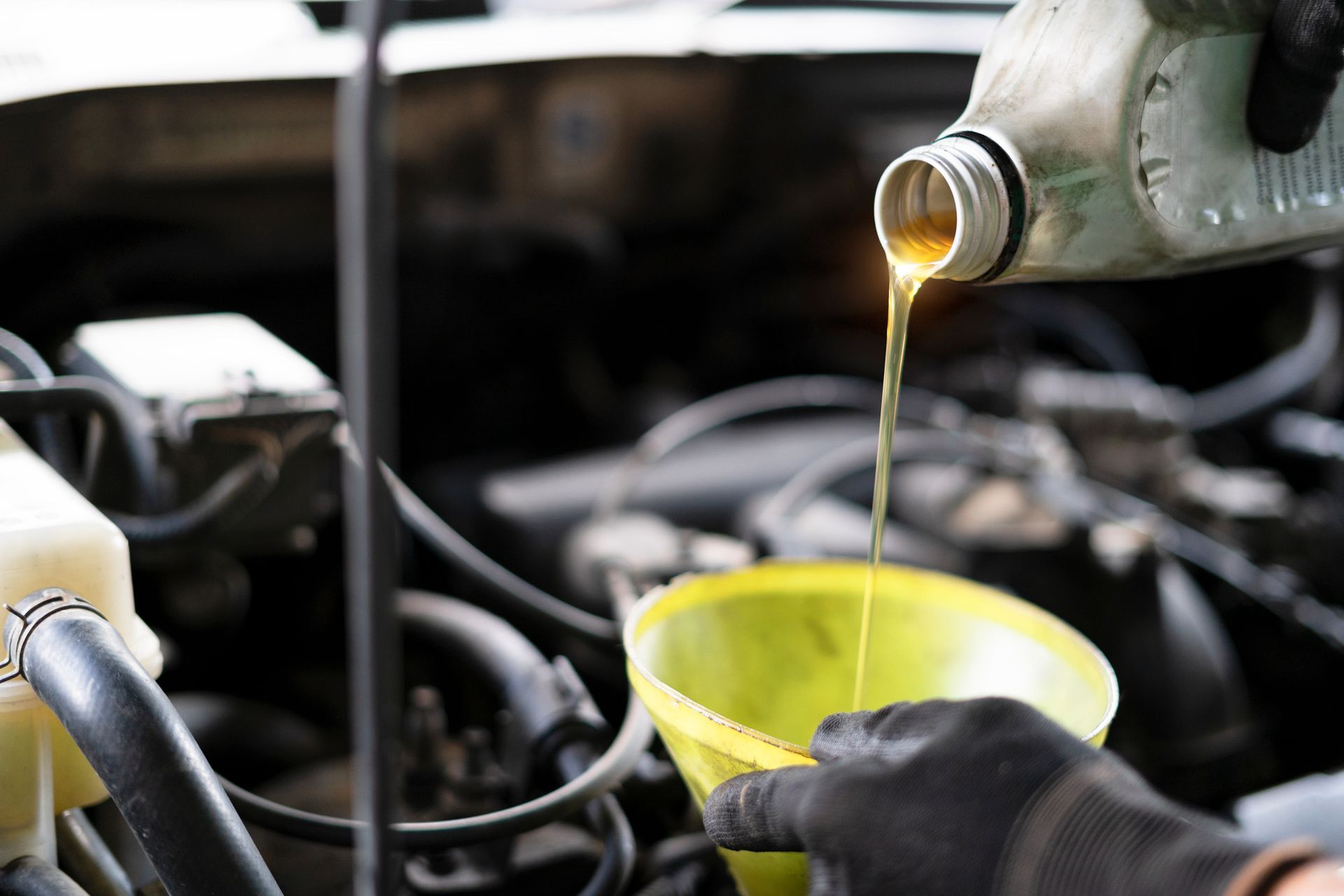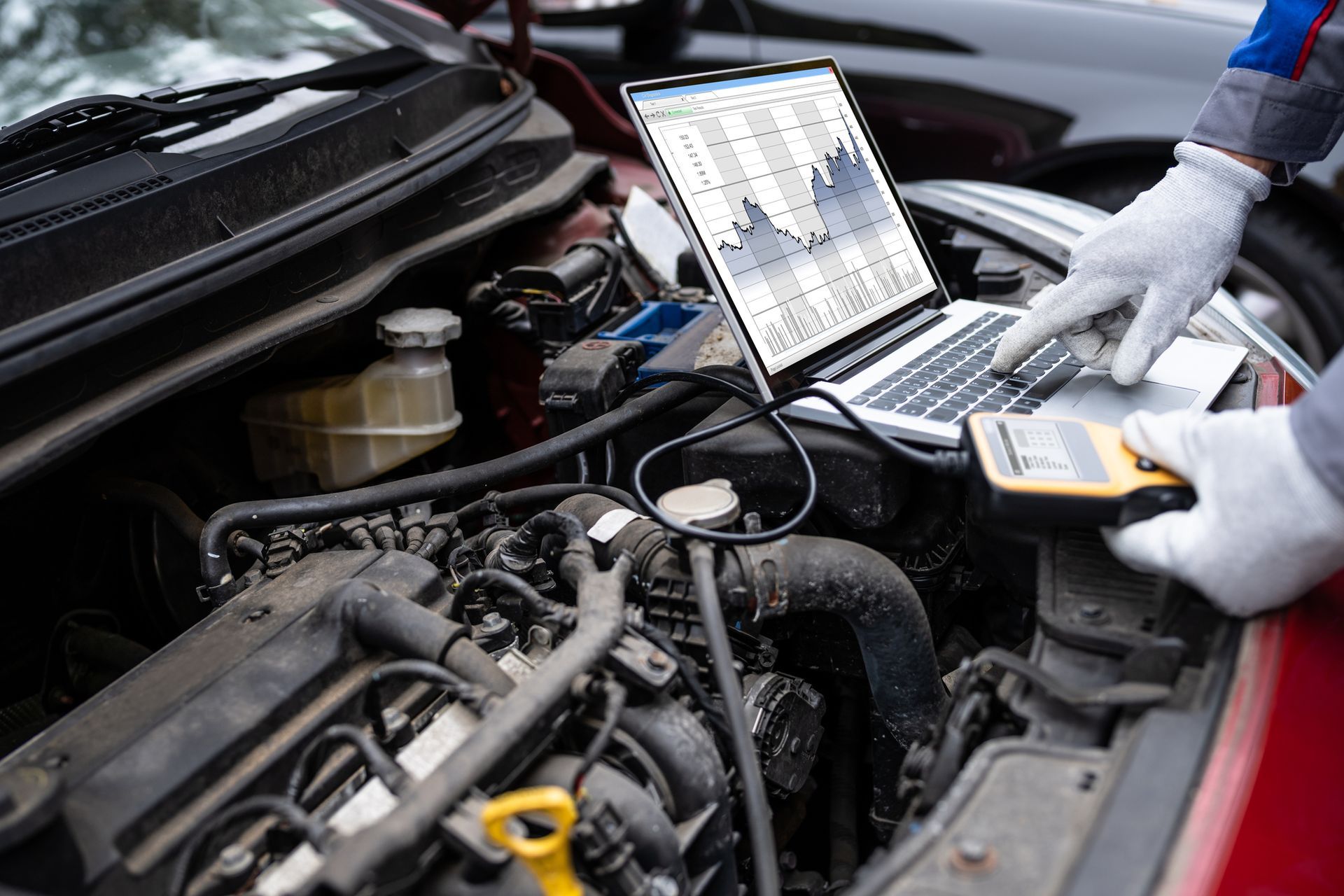4 Car Headlight Warning Signs and What They Mean

Headlights not only serve as essential safety devices by permitting visibility in a wide range of conditions, but they can also alert you to various kinds of trouble within the vehicle's complex electrical system. Take a look at these four common headlight warning signs and the potential problems that they may either create or indicate.
1. Yellowing Headlights
If you've driven the same car for many years, you may find that you don't get as much illumination from your headlights as you once did. In many cases, the culprit lies in a yellowish haze that gradually overtakes the lamps' plastic covers, not unlike the way cataracts form a hazy barrier to vision in the aging human eye.
This haze develops after years of exposure to ultraviolet radiation, flying debris, road chemicals, and water vapor. Yellowed headlights may only deliver a fraction of their rated light output. This reduction limits your visibility in foul weather or nighttime driving while also making your car that much less visible to other drivers.
A combination of professional sanding, polishing, clear coat application, and measures to prevent condensation can often restore headlight brightness. However, you may also choose to replace very old headlights (which will fail sooner or later) with LED headlamps capable of delivering up to 30,000 hours of illumination.
2. Low Headlight Power
Weak headlight performance doesn't always stem from yellowing of their exteriors. Headlights can also fall out of alignment with each other, either in the course of previous lamp changes or as a natural process over time. Misaligned headlights can drastically reduce your visibility and reaction time in low-light situations.
Fortunately, your auto technician can adjust headlight alignment with ease. This procedure involves observing the headlights' beam overlap pattern at a specific distance from a wall, turning screws or bolts until the beams attain proper alignment. Different manufacturers may recommend different evaluation distances.
If you struggle with dim headlights despite straight alignment and an absence of yellow haze, then you may have a wiring problem. For example, the ground connector that attaches your headlight wires to the car's body may need cleaning to remove corrosion. You might also have a bad power feed connection or headlight switch.
Sometimes the insides of bulbs themselves can develop a brown coating, deposited there by the filaments that glow to create light. In such cases, replacing the bulb should solve the problem.
3. Flickering Headlights
Headlights that flicker on and off may originate at any of several points in the system, including defects or deterioration in the bulbs. Pay attention to how and when you see the problem occur. If you notice the problem mainly when driving over bumps or potholes, you probably have a loose or failing wiring connector.
If your headlights only flicker when you run your car stereo, then the stereo system may draw so much power that the headlights have too little to work with. Excessive power draw that affects your headlights may also come from other components, from the windshield wiper motors to the cabin heating system.
An electrical component reaching the end of its useful life can cause headlights to flicker. You may need to have your alternator or various electromagnetic switches checked out to trace and fix the problem.
4. No Headlight Response
Completely dead headlights may indicate a bulb failure, especially if only one headlight has died. If a headlight will work on low-beam but not high-beam or vice versa, it may need replacement of only the bulb responsible for that setting. You might also need to replace the beam selector switch.
If you lose both headlights at the same time, suspect a ground connector, wire, fuse, relay, or switch failure. If the car won't even start, then you need to have your battery or alternator checked.
Letcher Bros. Auto Repair can get your headlights working as they should.
Contact us for a free estimate.

















